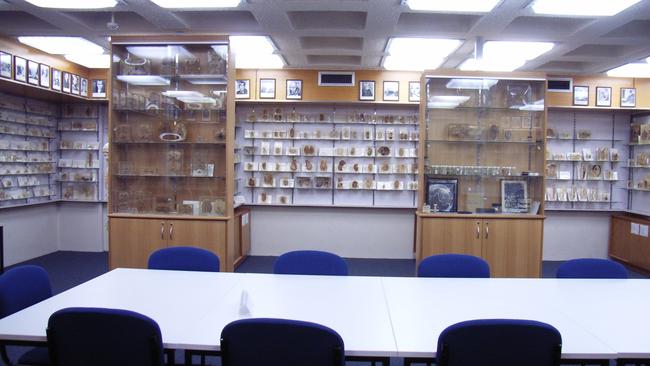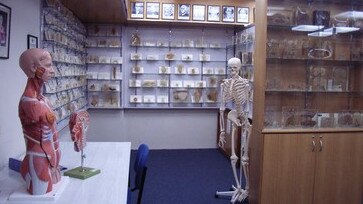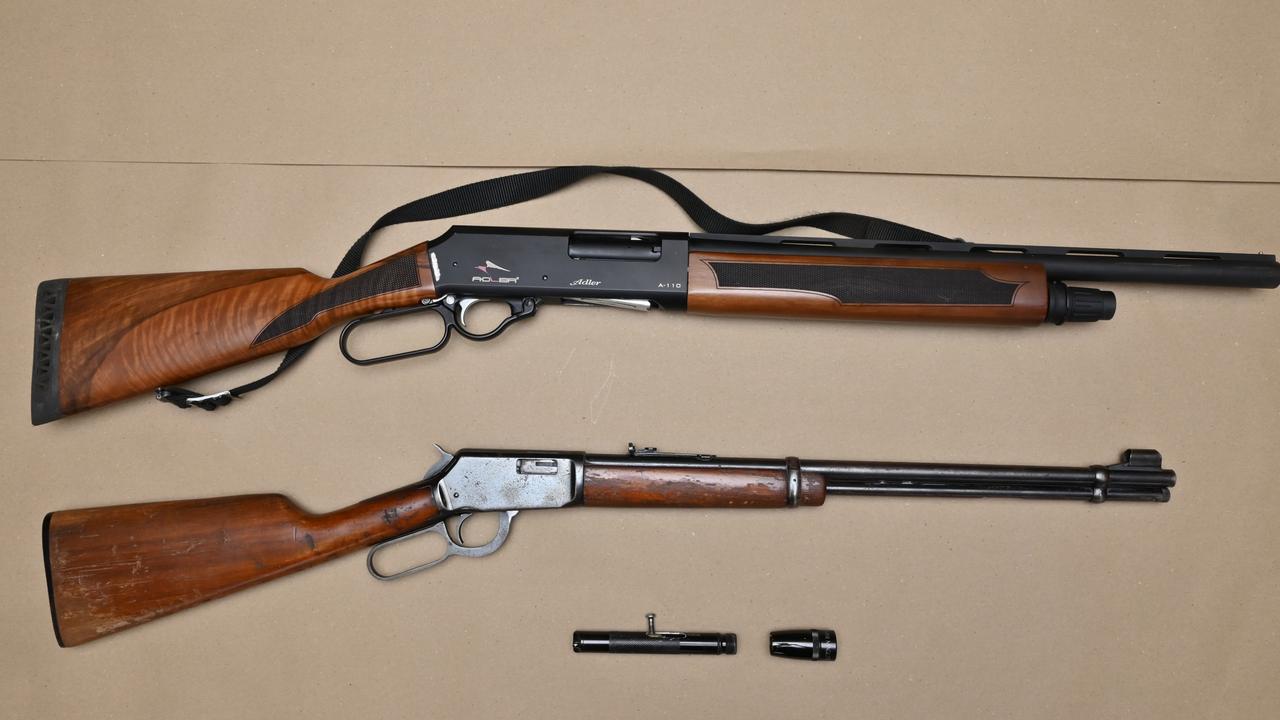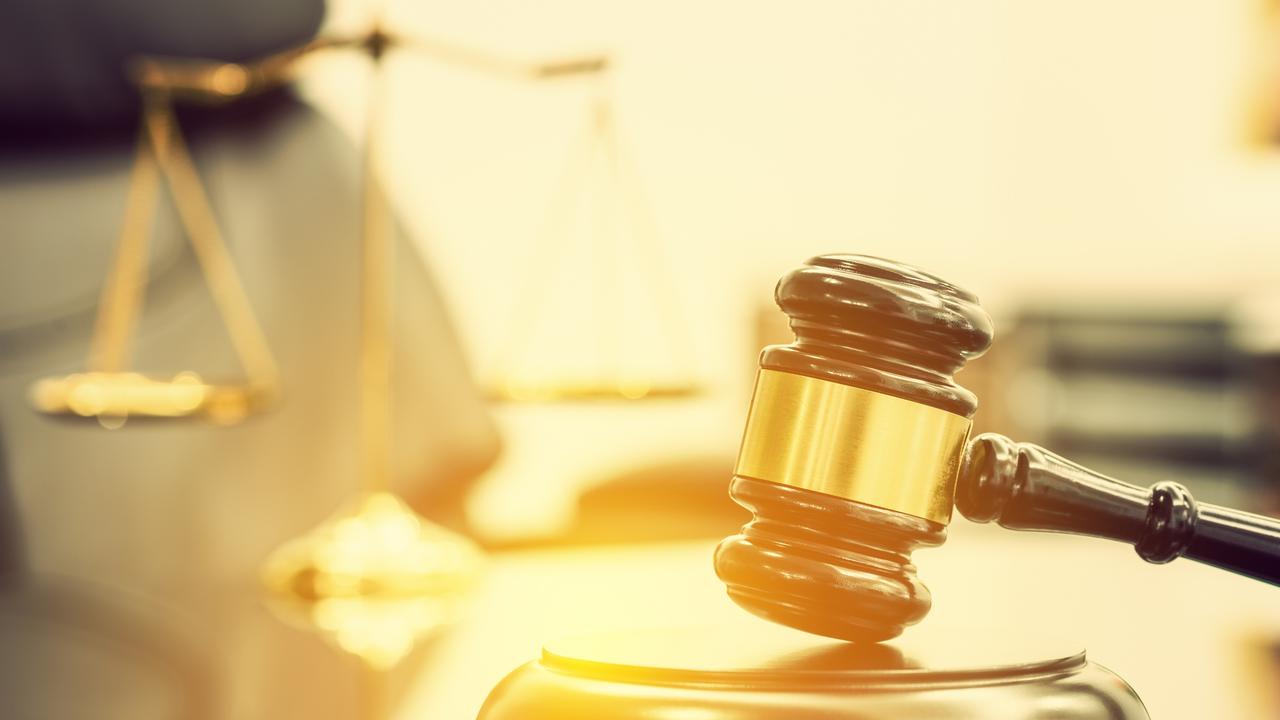Historic autopsy specimens held in Hobart disease museum for decades, possibly without family consent
A Hobart disease museum collected “individual specimens” from autopsies between the years of 1953 and 1985, possibly without family consent, it has been confirmed.

Police & Courts
Don't miss out on the headlines from Police & Courts. Followed categories will be added to My News.
A medical museum at the University of Tasmania collected “individual specimens” from autopsies between the years of 1953 and 1985, possibly without family consent, it has been confirmed.
On Wednesday, Tasmania’s Coronial Division issued a statement that the R.A. Rodda Museum of Pathology, located in Collins Street in central Hobart, had in its collection specimens from some “147 persons”.
The statement said it was “unclear” whether the collection of specimens “occurred with the knowledge or consent of family members”.
According to the statement, the Coronial Division was notified of the possibility by the museum back in February 2016.

“The existence of these specimens has now been confirmed and formally reported under the provisions of the Coroners Act 1995, and the coroner has now commenced a formal investigation,” the statement read.
The Mercury contacted the Coronial Division for more information, but was told no further comment could be made while the matter was under investigation.
According to a University of Tasmania website, the R.A. Rodda Museum of Pathology was established in 1966 as a teaching and research facility by pathology professor Roland Arnold Rodda, who passed away in 1993.
“The initial collection was driven by Rodda’s fascination with brain disease and the museum has a notable selection of specimens such as tumours, stroke and Huntington’s disease,” the website says.
“It also contains a human parasite collection.”
The website says the collection “specialises in diseased organs from samples collected primarily through autopsies and surgical specimens”, with about 2700 items preserved in Wentworth’s solution and presented in perspex containers.
The collection contains samples from every organ system of the body.
University of Tasmania deputy vice-chancellor Ian Anderson said the specimens in question were not on display, and were “stored safely”.
Professor Anderson said the university contacted the Coronial Division in 2016 regarding specimens in the collection understood to have been “collected decades earlier” by forensic pathologists during autopsies and provided to the museum.
“We welcome the coroner’s formal investigation of these matters and will continue to
collaborate and support the office’s work,” he said.
It is not known when the findings from the coroner’s formal investigation will be released.





